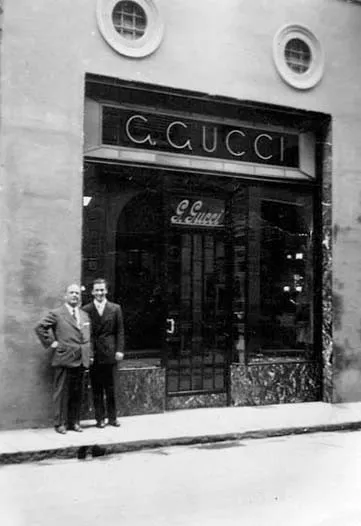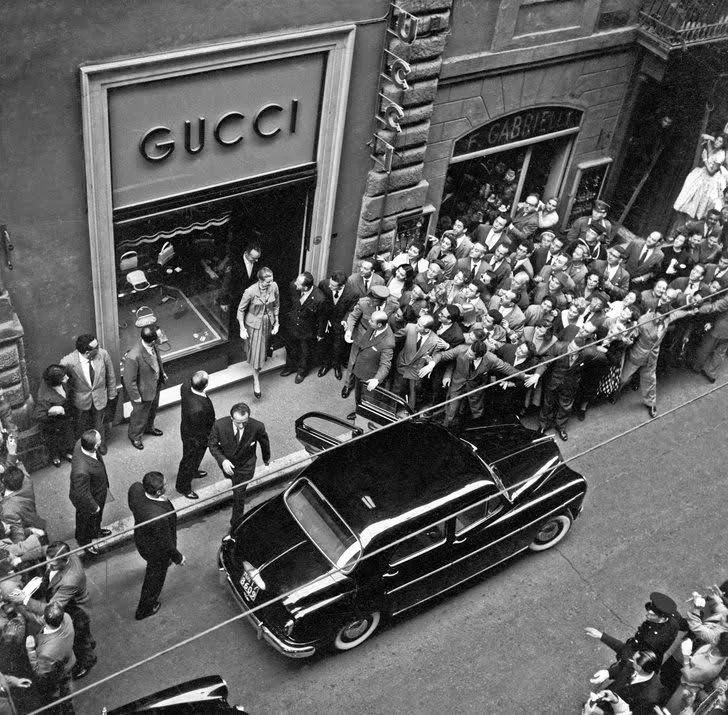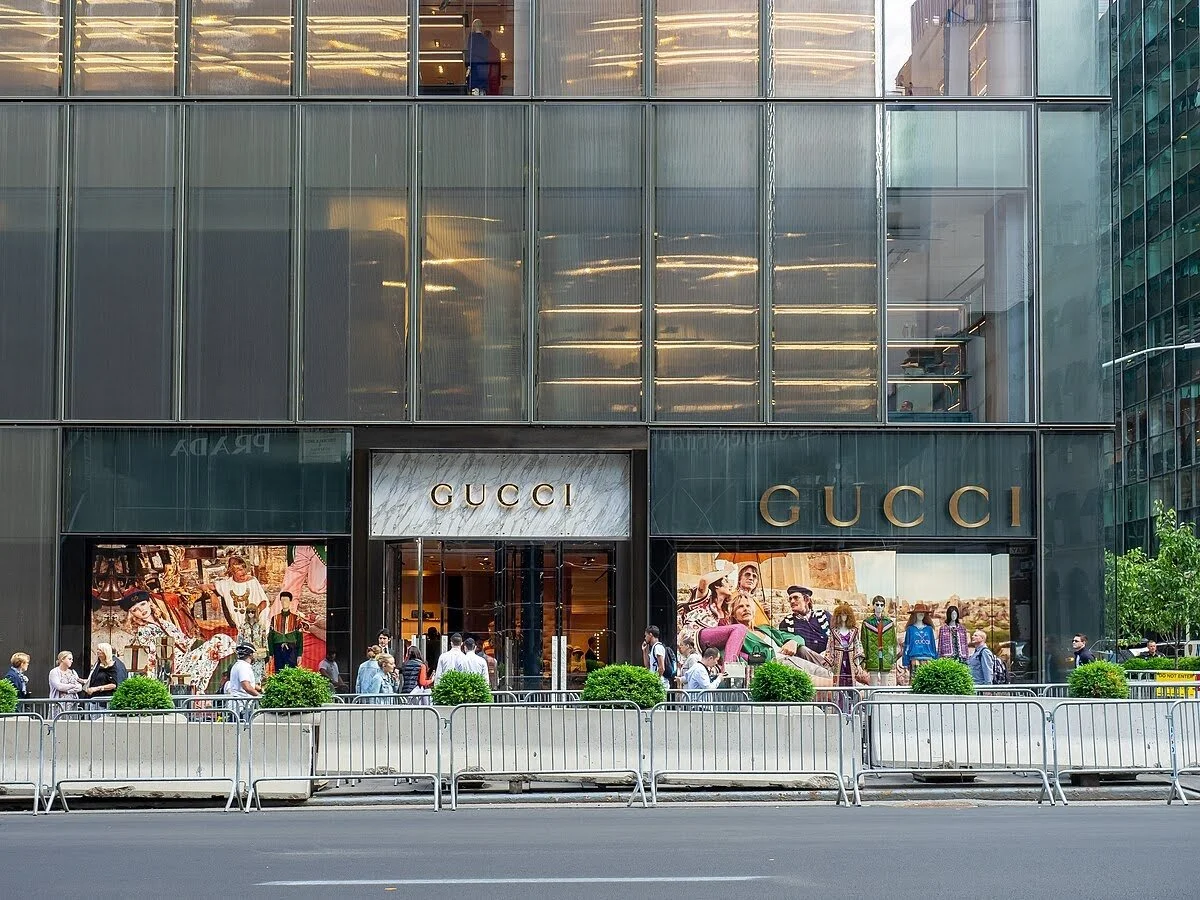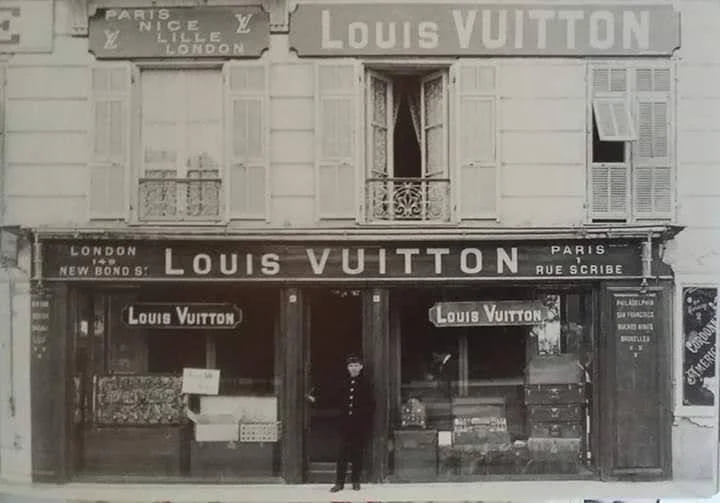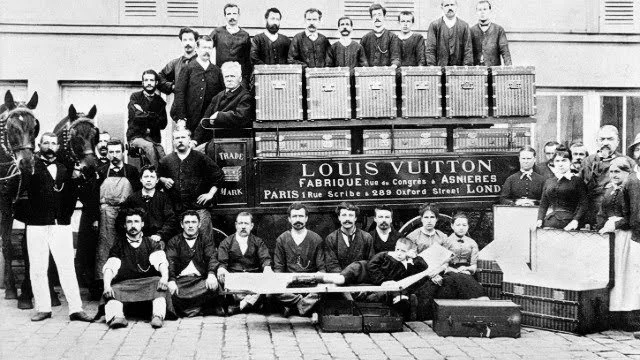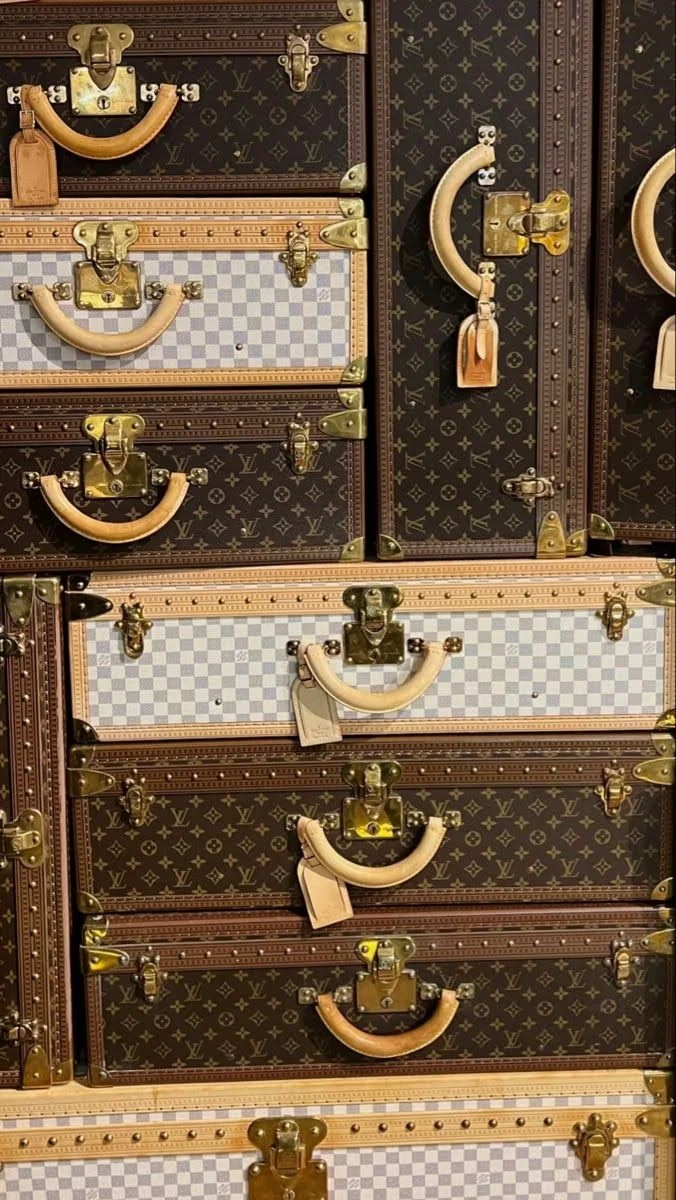Beyond the Label: How Luxury Brands Built Their Empires
Written by Jordyn Salahiddine-Rose
These billion-dollar fashion companies started from nothing and have become some of the most well-known and luxurious brands in the business right now. Brands like Gucci and Louis Vuitton were built on the hard work of people like you and I so that they could become widely successful companies.
Gucci was once a single shop on a side street in Florence, Italy where founder Guccio Gucci combined Tuscan materials with the classic English aesthetic to create larger bags, almost like luggage pieces. Gucci founded his shop in 1921, but by 1953, Gucci had expanded to New York City, where another store had opened. 1953 was a very notable year for the brand as this was when they introduced footwear, most importantly the Horsebit 1953 loafer. This shoe was inspired by the aesthetic that surrounds equestrian, otherwise known as horseback riding.
Throughout the 1950s and 1960s, Gucci continued to grow rapidly and its influence had started to spread to an international audience, full of Hollywood stars, socialites, and up-and-coming celebrities. During this time, signature products and prints started emerging, including the Jackie 1961 bag, the GG monogram, and the Flora motif. Also, during the 1960s, Gucci started producing ready-to-wear clothing. Therefore, they opened their first clothing-dedicated store on Fifth Avenue in New York City in 1972.
Moving into the 1980s, Gucci started growing its selection of lifestyle items like board games, tennis gear, umbrellas, dog carriers, and different decor pieces.
Towards the end of the 1990s, a new era began where designers were asked to bring their innovative perspectives to the brand as creative directors. For example, in 1994, Tom Ford became the first creative director, and then, in 2006, Frida Giannini took over that job. Demna, former creative director of Balenciaga, was announced as the next creative director of Gucci for this year.
Guccio Gucci started from nothing in his own shop where he sold imported leather luggage, but he went on to open workshops to have more leather goods made by local craftsmen instead. He was dedicated to his craft and what he knew he could become, so through his hard work and determination, Gucci had the power to build his fashion empire.
Louis Vuitton was a French entrepreneur and designer who made a name for himself in the 1800s through his creative and iconic designs. He did this by becoming Louis-Napoleon Bonaparte's wife's personal box-maker and packer, which provided a pathway for Vuitton to build his clientele of the royal elite.
He first perfected his craft during his apprenticeship with successful box-maker and packer, Monsieur Marechal. This skill was highly respectable and necessary in the 19th century of Europe. A box-maker and packer custom-made all boxes to fit the goods they were stored in and personally loaded and unloaded the boxes. When Vuitton was invited to become Napoleon’s wife's box-maker and packer, it was a highly distinguished role that he could not just turn down.
During the year of 1854, Vuitton got married and opened his own box-making and packing workshop in Paris, leaving behind his apprentices shop. Then in 1858, Vuitton debuted an entirely new trunk that was made of a lighter gray canvas. This new trunk was more durable and water-resistant than previous trunks. A lot of trunks were dome-shaped during this time, but Vuitton’s trunks were rectangular so that they could be stackable and more convenient for shipping. Some even say Vuitton’s trunk was the birth of modern luggage. This new piece of luggage helped to make Vuitton’s businesses even more successful and he was able to expand into a larger workshop. He had also begun to receive personal orders from French and Egyptian royalty.
The year 1870 proved to be a lot harder than previous years for Vuitton and his brand. The Franco-Prussian War and the following siege of Paris that ended up destroying the French Empire interrupted Vuitton’s business. When the siege ended, Vuitton found his workshop in ruins, including his staff and equipment. This horrible situation didn’t stop Vuitton, in fact he devoted himself to the rebuilding of his business. He was able to build a new shop at a new address, this time with a new focus on luxury. Vuitton’s new shop was located in the heart of the new Paris, which had a more aristocratic feel than the previous location. In 1872, Vuitton kept on innovating with his new trunk design featuring a beige canvas and red stripes. This luxurious design appealed to the new Paris’ elite and marked the beginning of the modern Louis Vuitton label, making it the luxury brand that we all are familiar with today.
Throughout the next 20 years, Vuitton continued to work out of his shop in the new Paris, continuously designing high-quality, luxury luggage, up until he died on February 27, 1892. Although his brand did not die with him, his son Georges Vuitton, continued to make his fashion company world-renowned, while also creating the famous LV monogram. The Louis Vuitton brand started from a little shop in a small village of France and has grown into the luxury leather and lifestyle brand it remains today.
The hard work and dedication of these men to build their fashion empires is truly inspiring to those of us who also find a passion in fashion and designing. Gucci and Vuitton have shown us that you can build billion-dollar businesses from little to nothing. The possibilities of what one can make is endless, and how you do it is the most important part.
Edited by Ana Massoglia and Gabi Beard
Sources:





